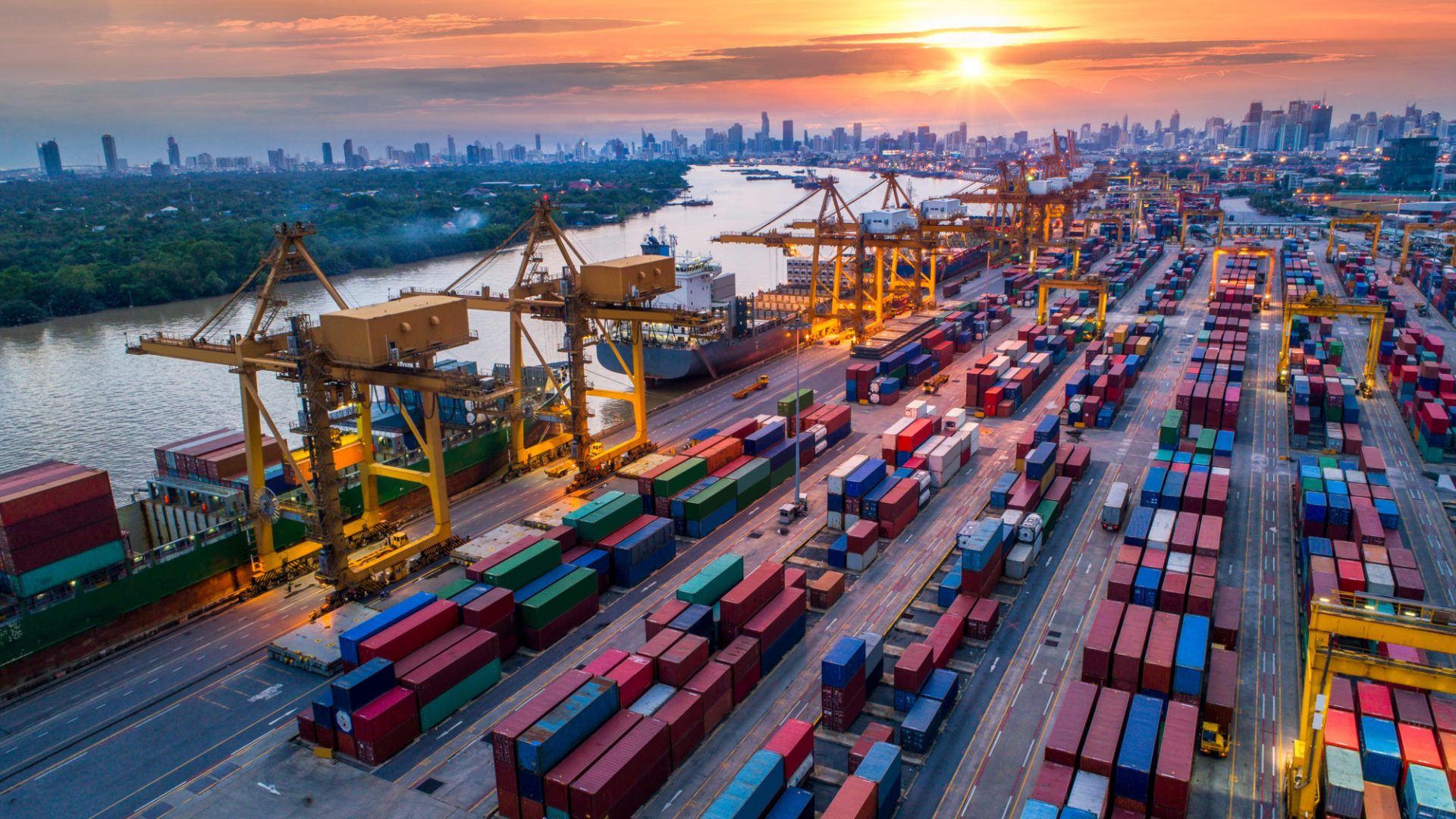
18 Nov Chinese authorities say there needs to be a rates ceiling
Rodolphe Saadé, chairman of CMA CGM, the world’s fourth-largest container line, addressed the pressure liners coming down from Beijing amid the red-hot freight climate that causes supply chains to quiver.
Saadé said in a Financial Times interview that the Chinese authorities are determined to try to keep a lid on costs particularly on the transpacific, where prices have soared in the last three months. Soaring demand has generated acute container shortages that are felt around the world.
“The market is so strong that they believe, the Chinese authorities, that at one point there needs to be a ceiling,” Saadé told the Financial Times, adding: “And that’s why they say you can’t do whatever you want, there are laws to obey.”
This year, Splash reported repeatedly to authorities around the world summoning liner representatives to address shipper concerns about increasing freight costs. South Korea’s Oceans and Fisheries Ministry visited nine lines last Thursday.
“Any reported unfair contract breach or unilateral contract change will be scrutinized and punished if necessary to preserve market order,” the Korean ministry clarified.
Although lines have been accused of profiteering, especially on transpacific, the claim that they have squeezed the ability to drive up prices is not true as the year draws to an end. Data published on Sunday by Danish consultancy Sea-Intelligence shows that liners are on track to increase transpacific capacity year-on-year by 23.4% in November and 27.3% in December.
A survey conducted by the International Ports and Harbors Association (IAPH), featuring responses from 73 ports around the world, shows that backward delays are up again in November.
Professor Theo Notteboom, who co-authored the results of the IAPH survey, explained: “The reopening of markets and the new wave of storage/stockpiling has resulted in an increase in containerized flows in recent weeks, with multiple ports in Europe and North America reporting record volumes of import traffic, while several key Asian ports are also seeing strong volume recovery. This sudden increase in volumes on some of the major trade routes and mass container repositioning back to Asia is challenging the capacity limits of ports/terminals and inland transport networks, leading to disruptions in connectivity in some ports.”

